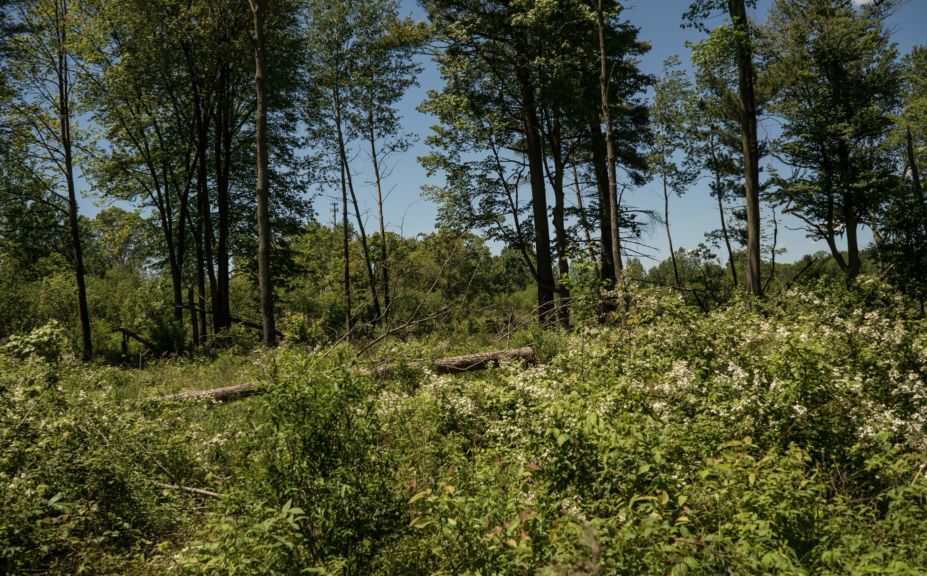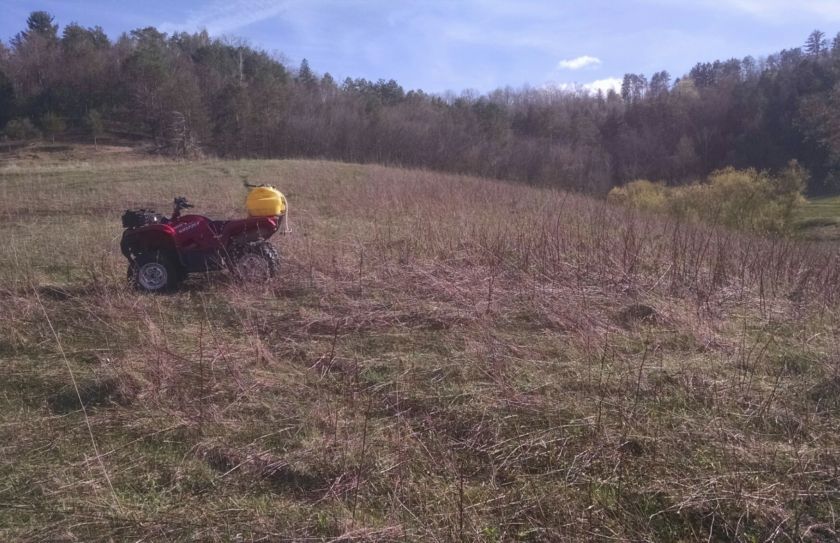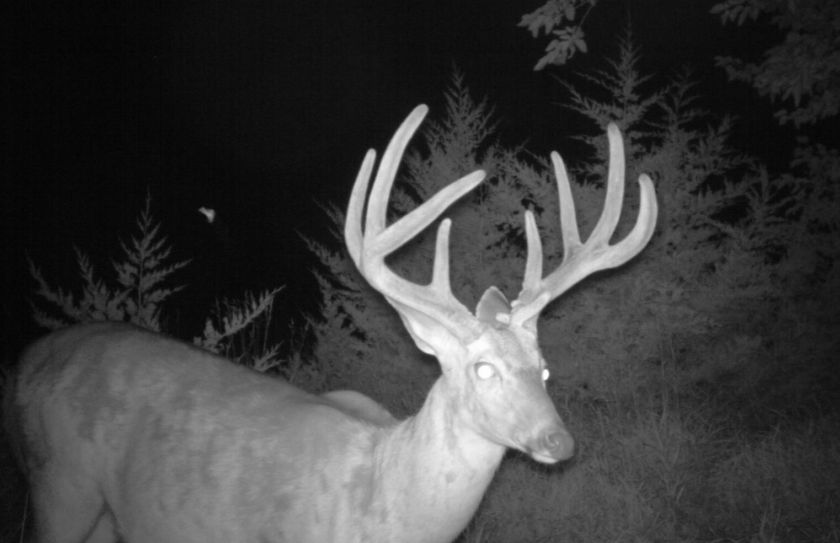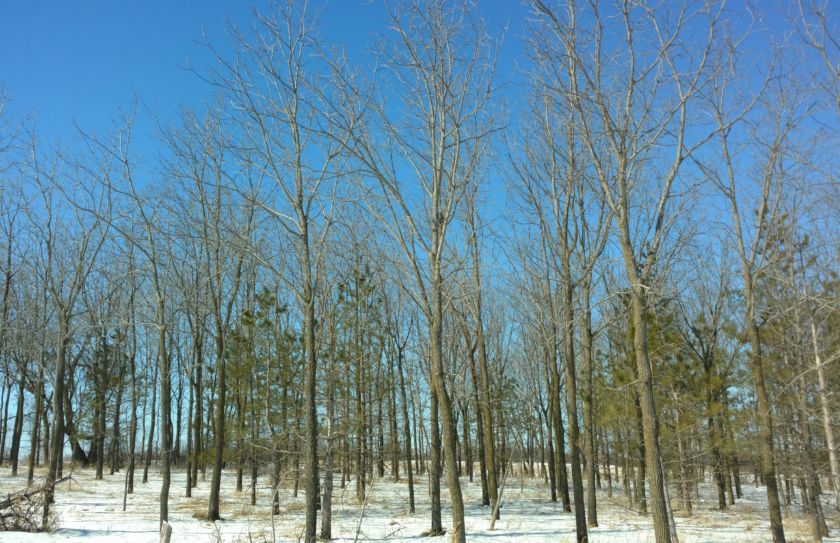It's a phrase that get's tossed around a lot these days by whitetail habitat managers; Early Successional Growth... But what exactly does that mean, and is it always a good thing? In my experience, early successional growth is a broad term for an area that has simply been left to grow naturally, and it can be both good and bad for whitetail habitat. Whether that area was once an agriculture field, an vacant cattle pasture or simply an area of timber that was clearcut, early successional growth refers to the spontaneous regeneration of plant life after a disturbance. In open field areas, that can mean grasses, goldenrod, shrubs or cedar, while in other settings it can be popple, birch or box elder that quickly take over the landscape. Knowing what sort of cover will regenerate or has already begun to take over is crucial for determining whether the area of regeneration will hold deer...

Fallow Field Successional Growth
Depending on the area, fallow fields can sometimes quickly regenerate into thick deer bedding through early successional growth, or in the case of my SW Wisconsin hunting lease, it can remain vastly open for over 50 years. The open fields of my lease have been untouched by farming or grazing for decades, yet the "early successional growth" that is typically labeled as a positive by whitetail habitat managers, does very little to hold and conceal deer throughout the year. The hills of grasses and goldenrod lay nearly flat from December through June each year. A few small pockets of box elder offer the only decent whitetail cover in the vicinity. This year, I plan to change the 50 year old fallow field of early successional growth into an area that deer will be comfortable using for cover throughout the entire year. By strategically planting blocks of switchgrass, I will screen portions of the fallow field and offer cover that whitetail bedding areas need. My hope is that deer will use the switchgrass plantings as cover for bedding areas, while using the fallow areas of successional growth for daytime browse. This will greatly increase the level of attraction that the fallow field currently lacks.
Woody Successional Growth for Whitetails
Areas where popple, cedar, box elder, and other fast growing woody vegetation naturally regenerate, get a check mark on the positive side for early successional growth. These areas typically boast high stem counts, great cover and excellent opportunities for daytime browse. They can however become too thick for deer bedding in just a few short years depending on the level of regeneration. So be sure to not let the areas become so dense that you cannot move through them with ease.
Conclusion
Depending on what the area of early successional growth consists of, you can be referring to excellent whitetail habitat, or a wasteland. Keep an eye on areas of natural regeneration and plan your habitat improvements accordingly, as some may need a boost. In my case,a few small switchgrass pockets will add much more structural diversity, side cover, thermal protection, and bedding opportunities for whitetails and other wildlife than over 50 years of natural regenerated "Early Successional Growth."
By Jeff and Dylan


